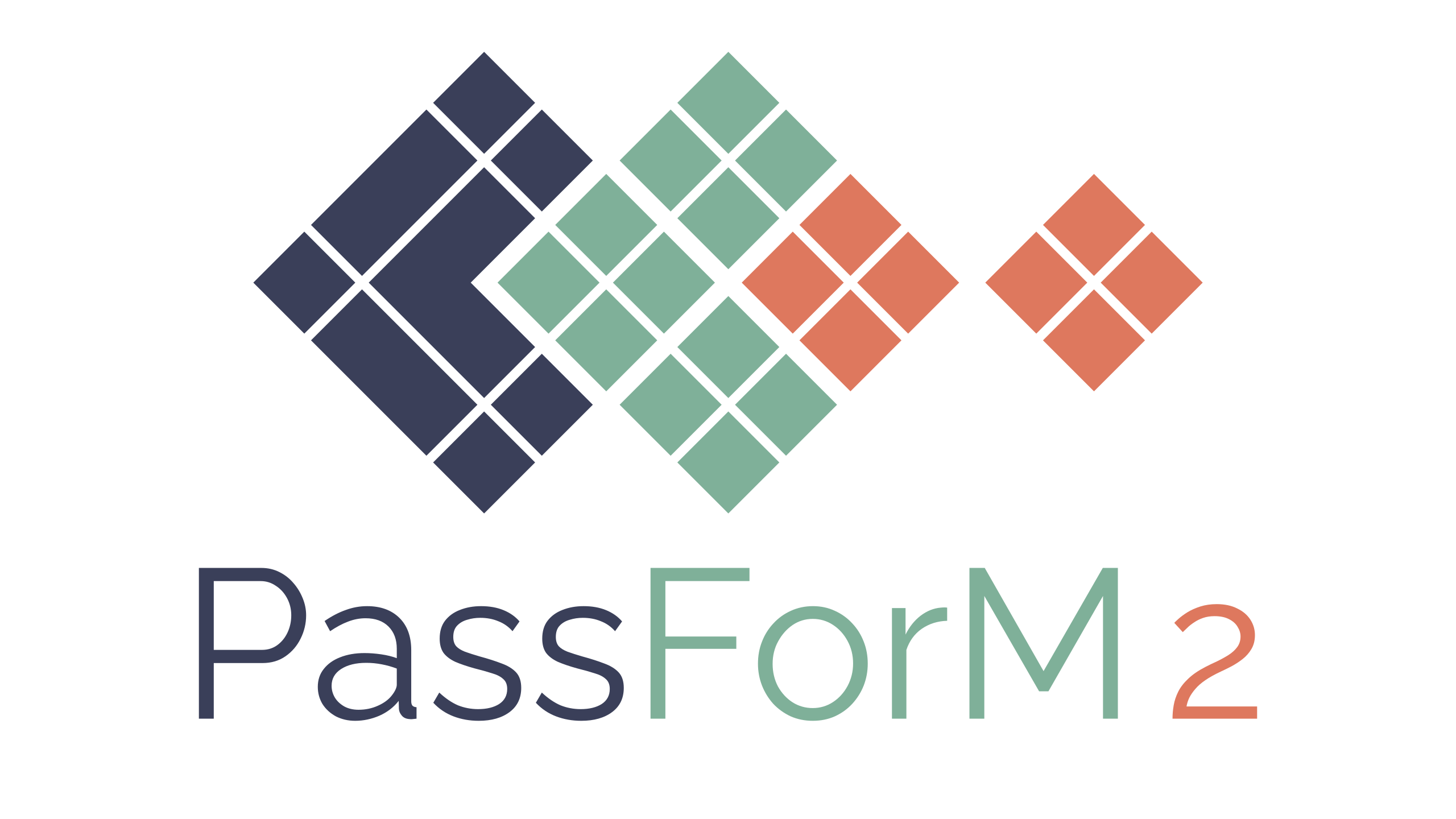In PassForM, a module mounting base with a material staging, conveyor and robot module is being developed for demonstration purposes. A special software architecture provides the interface between the modules and assembly stations. It combines the digital twins of the modules with a semantic process/resource representation and a resource request algorithm. An intuitive user interface lets personnel interact directly with the system. Decentralized planning, optimization and handling of sub-processes is performed via the digital twin. The conveyor module allows the integration of the system into existing assembly organizations and the flexible coupling of individual workstations for a demand-driven changeover to interlinked assembly. The collaborative robot allows the degree of automation of individual assembly steps to be flexibly adjusted. The performance of the system is evaluated on the basis of the assembly of lamps for the maritime industry, which are manufactured in a high number of variants depending on complexity, process and size as a single workstation or interlinked assembly.
The developed system follows the concept of separation of product, process and resource (PPR concept). The product together with its characteristics defines the process and associated resources. The resources (e.g. manufacturing machines or components) execute processes and thereby change the product to be manufactured. The PPR concept thus enables the automatic mapping of process-oriented modular capabilities to (sub-)processes and the comparison of these with the product requirements within the framework of adaptable, modular production.
All components of this system are extended by a digital representation, the digital twin. In it, the status of the real system is linked with its digital counterpart, thus generating a complete image of the object. With the help of an Industrie4.0 administration shell, this object is embedded in the overall system.
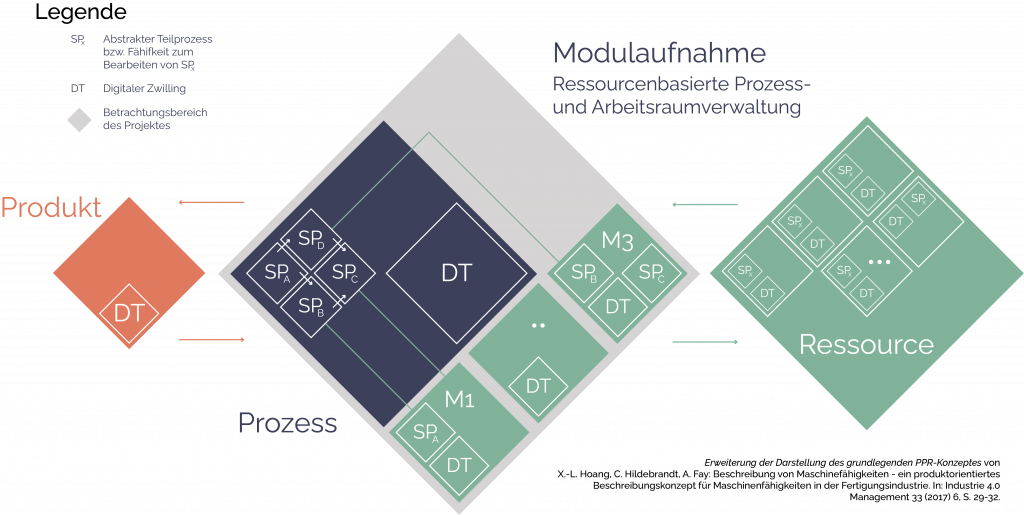
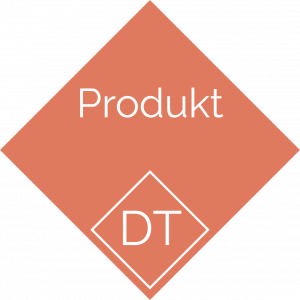
The digital twin of the product is linked to the properties required for handling the product as well as the upcoming process steps. The product can specify the process sequence on the basis of its characteristics, whereupon the (sub)processes can in turn request the respective necessary resources.
Each product has its own process. The process consists of a sequence of activities that are to be carried out in a linked or parallel manner. To ensure the greatest possible flexibility, these processes are defined in abstract terms in the product itself and are not tied to specific components. Instead, the necessary activities have individual requirements that result from the product (for example, the weight) or the process (tightening torque of a screw). Based on this information, the corresponding resources are determined and integrated into the system.
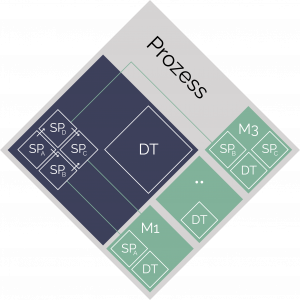
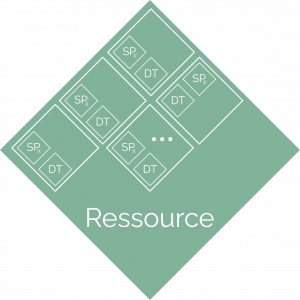
Resources perform the activities specified in the process. Like the products and processes, they also have a digital twin in which all the properties of the resource are mapped. In this way, the activities of the process are matched with the capabilities of the modules and the appropriate modules can be selected to handle a process.
